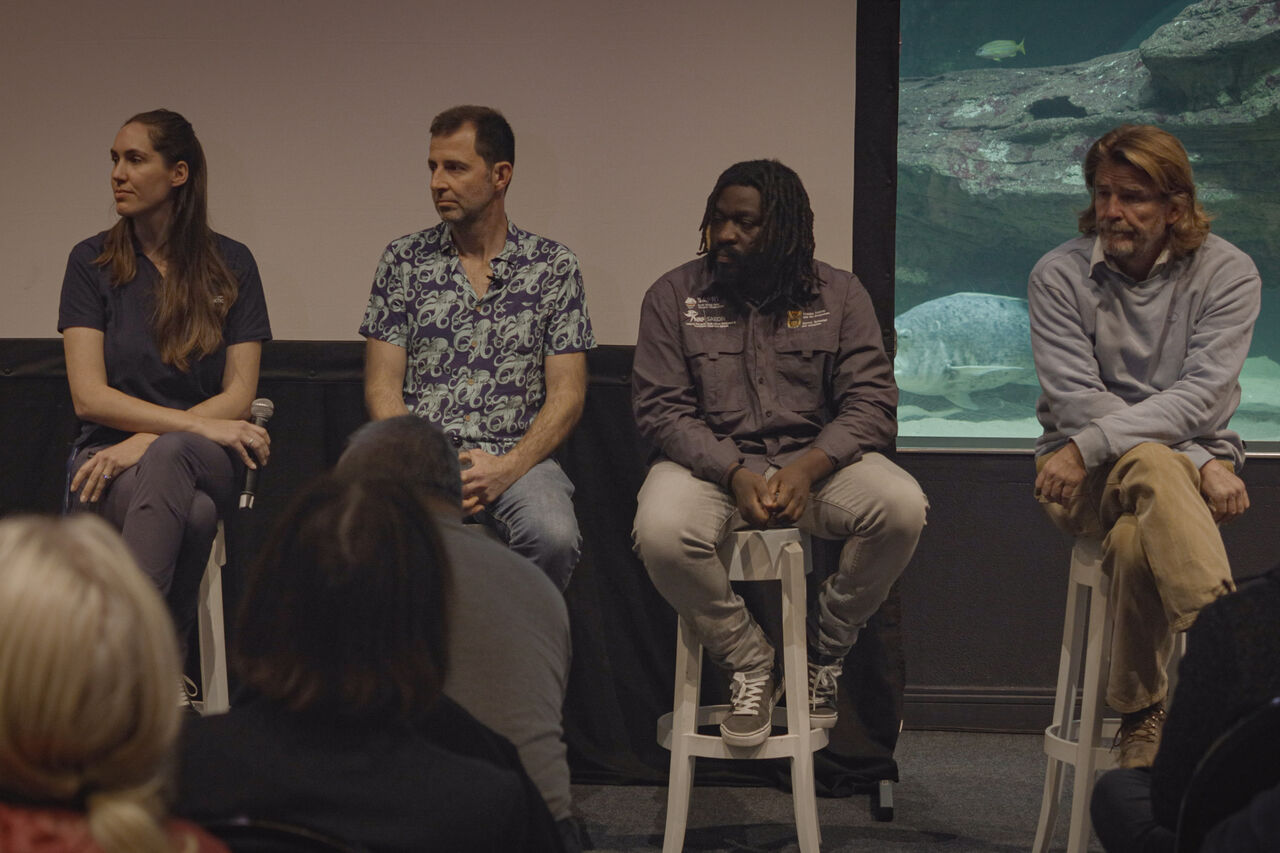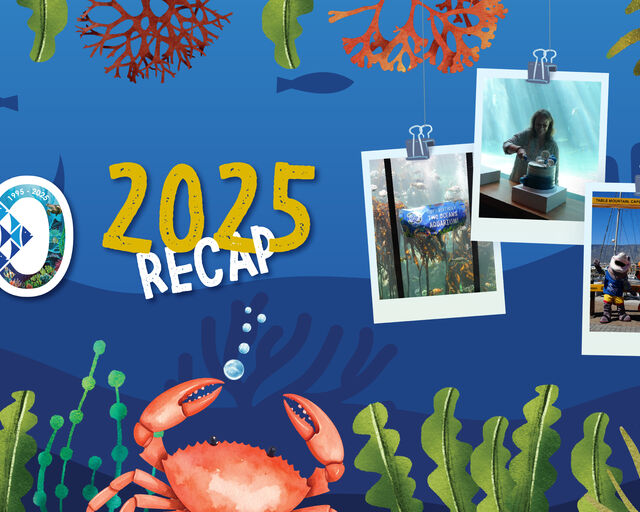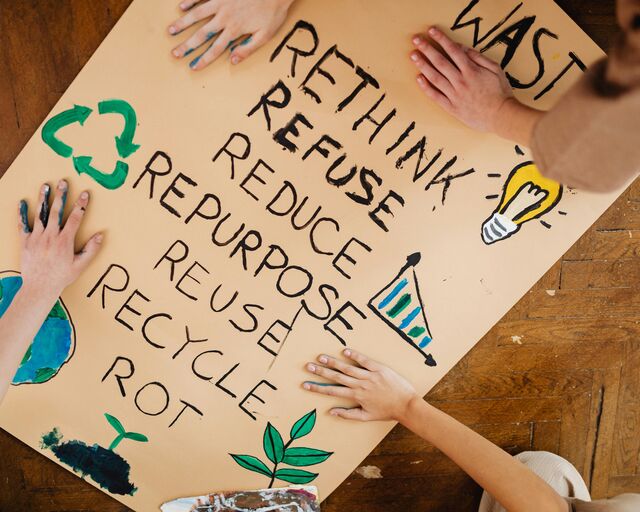Seal Health Week: A powerful collaboration for marine mammal conservation in southern Africa
Recently, the Two Oceans Aquarium Foundation hosted Seal Health Week for marine conservationists, veterinarians, researchers, and government partners to confront pressing challenges facing seal populations along the Southern African coastline.
What is Seal Health Week?
Spearheaded by the Two Oceans Aquarium Foundation, in partnership with the City of Cape Town (COCT) and the Department of Forestry, Fisheries, and the Environment (DFFE), the week served as a powerful example of regional collaboration driving progress in marine mammal welfare. The initiative reaffirmed Cape Town’s position as a regional hub for marine mammal health research and collaboration. Held from 25 – 31 July, the week blended public engagement, academic discourse, practical skills training, and cross-cutting dialogue, with participation from over a dozen key organisations.
“Seal Health Week demonstrates the growing recognition of marine mammal health as a conservation priority with international relevance,” said Martine Viljoen, Marine Wildlife Management Programme (MWMP) Manager. “Our coastline is a vital part of a broader marine ecosystem, and what we learn here can have implications for seal populations across the globe”.
Now in its second year as a consolidated programme, Seal Health Week is increasingly seen as a model for regional and international collaboration, providing not only a space for learning and connection but a platform for action in the field of seal conservation.
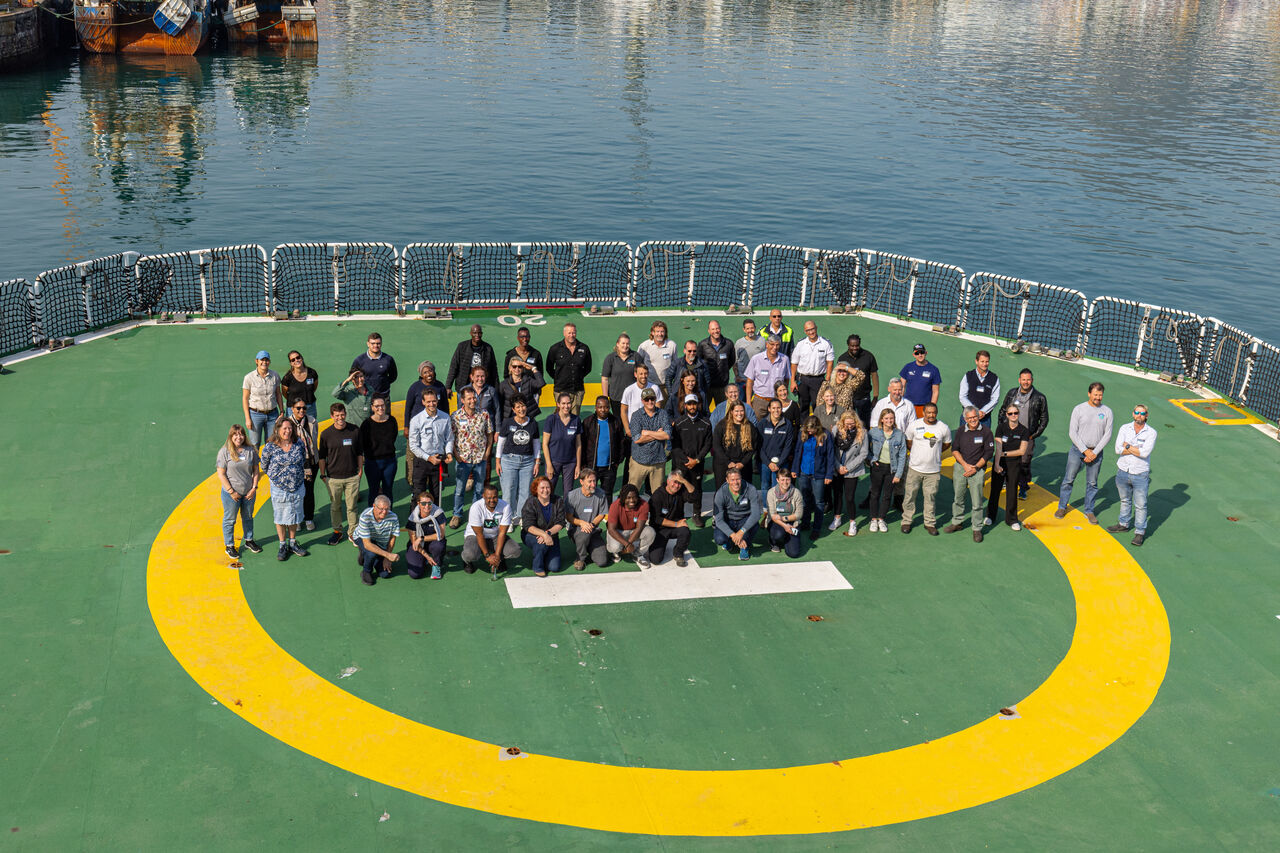
How did the need for Seal Health Week arise?
Rabies has been a complex subject in recent years, coming to a head in 2024 when several aggressive Cape fur seals in Cape Town made the news. Cape fur seals typically avoid confrontation with humans; this sudden and drastic increase in aggression was uncharacteristic of the species. Between 2021 and 2023, there were 128 incidents of unprovoked seal aggression across Cape Town’s beaches – a notable increase from previous years that prompted investigations into the cause.
In April 2024, rabies was confirmed to be the cause of this aggressive behaviour and was widespread in the Cape fur seal population. This is the first confirmed case of rabies in marine mammals.
The origin of the rabies outbreak has been subject to much speculation. At the request of the Western Cape Veterinary Services, Onderstepoort Veterinary Research Institute conducted a preliminary analysis and interpretation of rabies viruses found in seals. The results showed that the strains of the rabies virus in seals are related to those previously established in wild animals in Southern Africa, including black-backed jackals and bat-eared foxes. It was later hypothesised that the virus originated in Namibia, where a jackal came into contact with a Cape fur seal. This likely would have happened several times for the virus to establish itself in the new host (the seal population).
Several factors can clearly explain why the rabies outbreak spread so quickly. “Cape fur seals are highly sociable animals, resting and often play-fighting in close proximity. They also have a wide range, travelling extended distances for foraging and towards the breeding season. Given that rabies is mainly transmitted through the saliva of an infected animal, we strongly believe that the virus was transmitted through close physical contact and consequently spread through the population,” says Dr Ilse Jenkinson, Two Oceans Aquarium.
There has been an incredible, nationwide response to the rabies outbreak, with organisations pulling together in force to mitigate the effects. These efforts include a targeted vaccination drive with a One Health approach. One Health is a collaborative, multisectoral, and transdisciplinary approach which works well in our South African context. Trained and permitted staff from the DFFE, SPCA, COCT, SharkSpotters, Sea Search, SAAMBR, and Western Cape Veterinary Services have been working together on vaccinating specific Cape fur seals.
In 2024, a workshop was held at the Two Oceans Aquarium for all organisations involved in and affected by the rabies outbreak in the Cape fur seal population. From this initial gathering of experts, Seal Health Week emerged.
Seal Health Week 2025 aimed to follow up on the previous year’s workshop, which focused on changes in Cape fur seal behaviour and defining the best management strategies and actions in the wake of the rabies outbreak.
What happened during Seal Health Week?
The professional development components of the week ranged from lectures to hands-on wet labs, delivering vital upskilling for veterinarians, marine biologists, and wildlife responders.
The week of events fostered open communication between diverse marine stakeholders, from wildlife veterinarians to marine tour operators. The aim was to strengthen coordination around the health, behaviour, and welfare of seals in light of the rabies outbreak. As humans and wildlife continue to intersect, events like this demonstrate the value of united, multidisciplinary approaches.
Public awareness session
Seal Health Week kicked off with a public information session held at the Two Oceans Aquarium, in which three experts in their fields addressed an audience of interested ocean users and conservation advocates. The session was aimed at addressing public concerns and ensuring accurate information was being shared.
Gregg Oelofse (Coastal Manager for the City of Cape Town) discussed the origins of the rabies outbreak and the consequent mitigative actions taken. Dr Brett Gardner (a South African veterinarian affiliated with the University of Melbourne, specialising in seal disease surveillance) demystified the virus itself and clarified normal versus abnormal behaviour in seals. Finally, Yinhla Shihlomule [Top Predator Monitoring Coordinator at the South African Polar Research Infrastructure SAPRI)] talked about his work with Southern elephant seals on Marion Island and emerging threats to their welfare.
At the end of the evening, Martine Viljoen facilitated an interactive Q&A session that equipped communities with tools to respond safely and responsibly to distressed or aggressive animals. The community was left better informed about the challenges and responsibilities of living alongside Cape Town’s extraordinary marine life.
Workshops on SA Agulhas II
With generous support from the DFFE, participants engaged in cutting-edge learning during a two-day lecture and workshop series onboard the SA Agulhas II research vessel, which specialises in the Antarctic and sub-Antarctic regions.
The workshops brought together approximately 65 seal experts and stakeholders in marine mammal health and response from across South Africa, as well as Namibia and Australia. These included representatives from CapeNature, SAPRI, SPCA, SeaSearch, Afrivet, Hout Bay Seal Rescue, Shark Spotters, BayWorld, uShaka Sea World, State Veterinary Services, Animal Ocean, Pisces Divers and Dive Team, CapeRADD, and several others. It was incredible to see these organisations uniting under a shared mission to improve seal health responses and ecosystem stewardship. The workshops reinforced the value and importance of ongoing dialogue, regional collaboration, and knowledge sharing following last year’s discussions.
Representatives from across South Africa shared updates on the status of the rabies outbreak in their regions. As part of this, the Rabies Response Plan was shared, with action plans outlined. Dr Lesley van Helden (State Veterinarian for the Western Cape Government) stated that Cape Town currently has 81 confirmed rabies cases, many of which were confirmed thanks to members of the public reporting seal carcasses or unusual behaviour. Dr van Helden also reported on the management of victim species such as dogs, endangered mammals, elephant seals, and others that may be affected by the rabies outbreak.
Reports from the City of Cape Town, BayWorld, Cape Nature, and others revealed the situations in the southern Cape and West Coast. The workshop also gained insight about the Namibian seal populations from Naude Dreyer (Ocean Conservation Namibia) and Dr Frank Busch (Friedrich-Loeffler-Institute). Several eco-tourism operators also reported back on their experiences with rabies over the last few years.
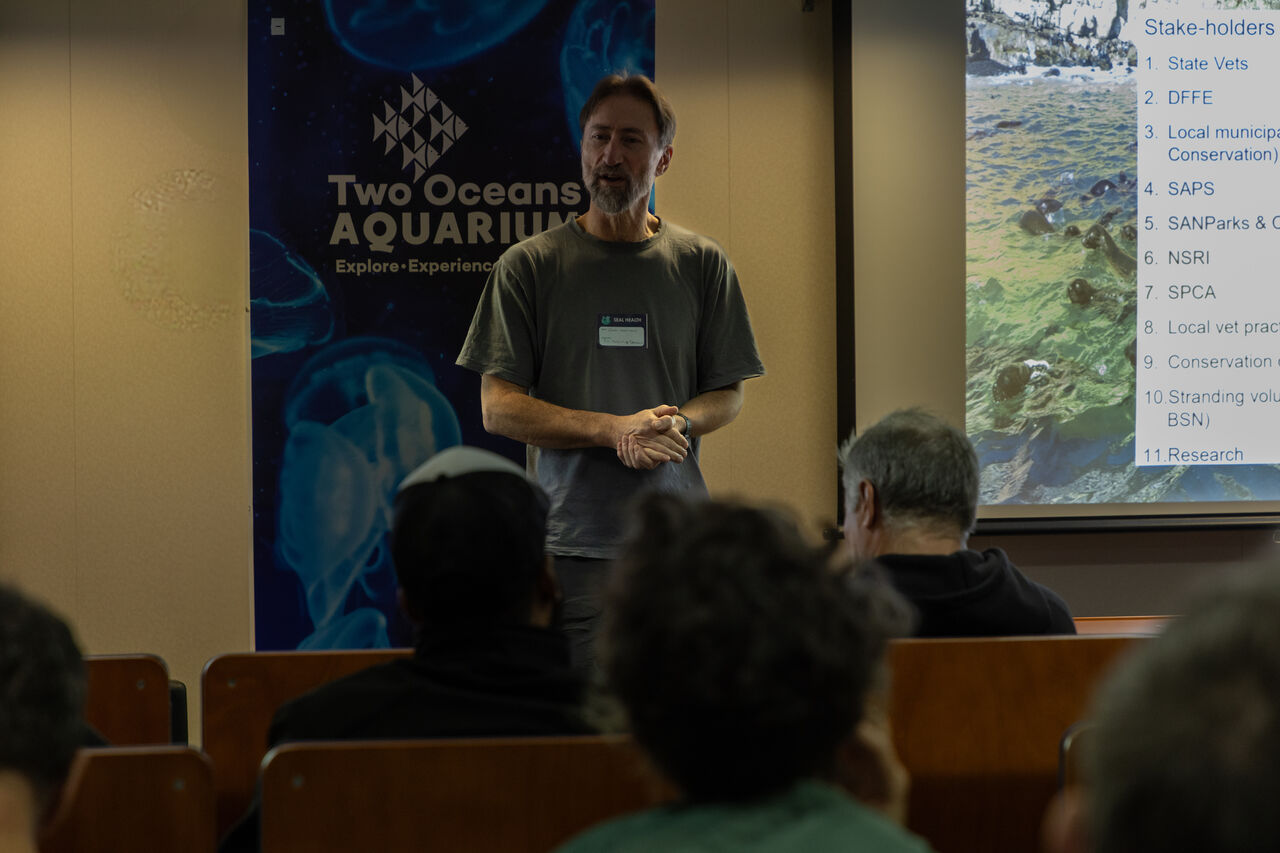
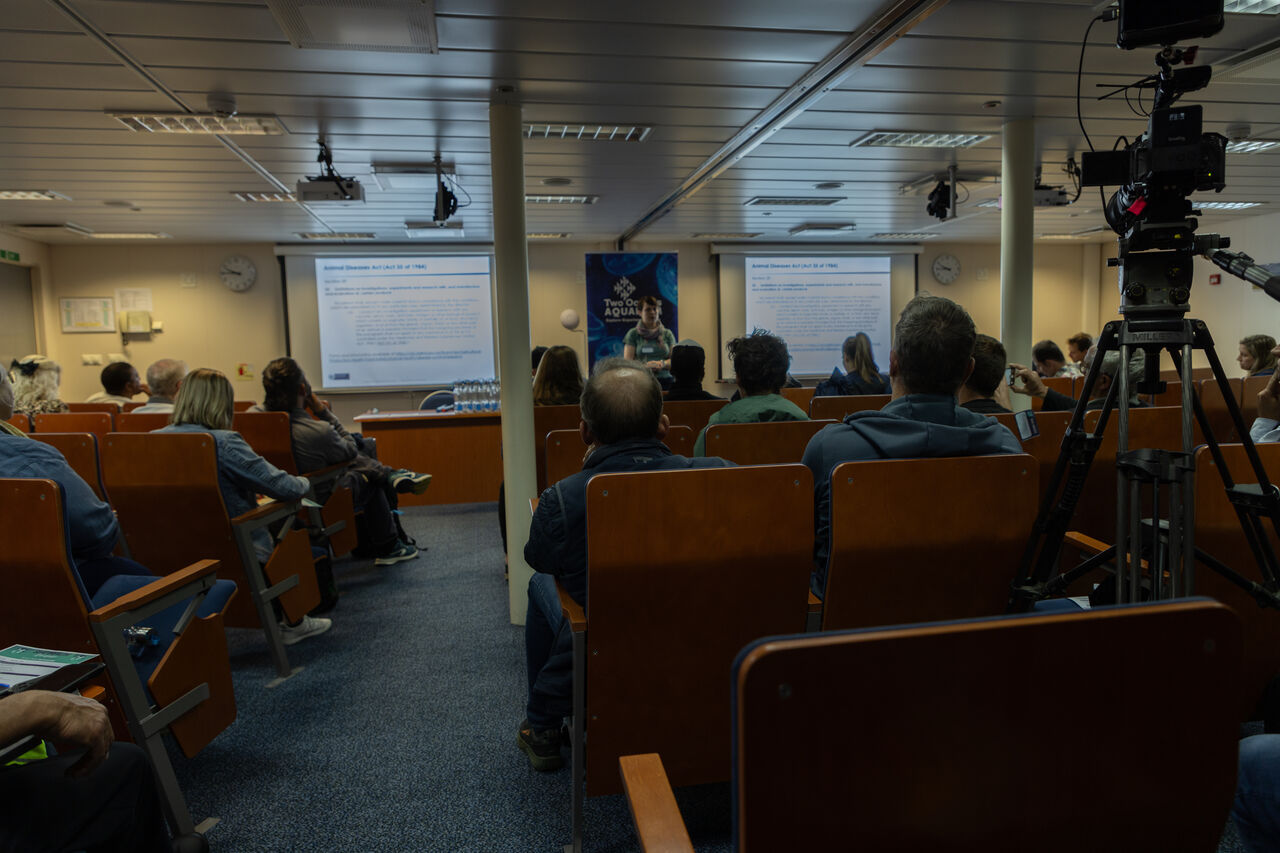
Wet lab sessions
One of the sessions during Seal Health Week took place in the DFFE’s off-site facility, featuring two practical seal necropsy sessions facilitated by Dr Brett Gardner. These sessions were specifically designed to provide hands-on training for permitted individuals in best practice for pinniped dissections, with a focus on necropsy sampling, diagnostic techniques, intubation, anaesthesia protocols, and blood collection methods.
The wet labs proved to be an impactful forum for knowledge sharing, with attendees gaining essential practical skills. We are deeply thankful to DFFE for opening their facility and supporting this critical capacity-building effort, and to COCT for providing carcasses for these training purposes.
Locum veterinary training
On the final day, selected veterinarians were invited to another practical training day with Dr Ilse Jenkinson and Dr Brett Gardner. With Cape Town’s considerable seal population, the more vets that are trained in best practices for working with Cape fur seals, the better.
The training day focused on learning how to safely sedate, vaccinate, and draw blood from seals with entanglements and pre-existing concerns. This allowed the vets a chance to get practical experience, organisations to share knowledge, and for the seal health community to broaden their reach in managing seal health issues.
What were the key takeaways from Seal Health Week?
Seal Health Week in 2025 highlighted a comprehensive, collaborative approach to managing rabies risks among marine mammals along South Africa’s coastline. Central to these efforts are targeted vaccination programs, continuous colony surveillance, and swift response protocols that prioritise both animal welfare and human safety.
The week fostered valuable cross-sector dialogue, emphasising the importance of evidence-based strategies and regional cooperation in addressing emerging threats. Public awareness played a key role, with organisations advocating for transparent communication, education on rabies signs, and community involvement in reporting distress or carcasses. Overall, these initiatives underscore a shared commitment to safeguarding marine mammal health while promoting coexistence with the public and ensuring the resilience of these iconic species for generations to come.
Related News
Sign up to our Newsletter
Receive monthly news, online courses and conservation programmes.
